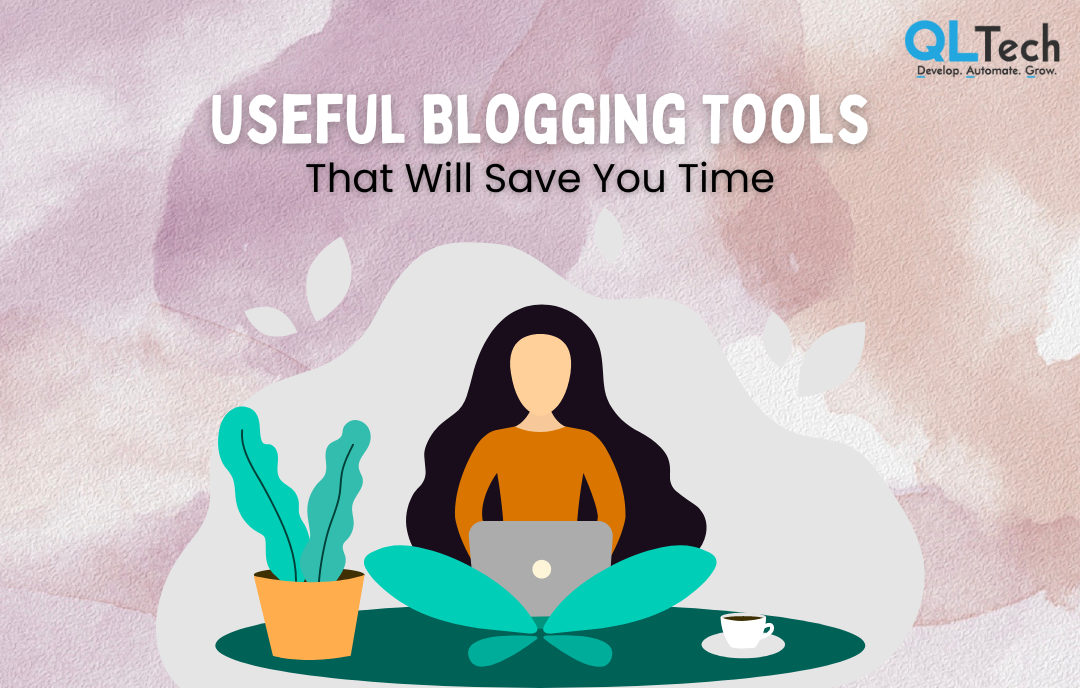Are you thinking about having an app for your business? That’s an excellent idea as there is no better medium to enhance your business outreach in 2022. Now the good news is you can find many mobile app development companies in the market to build your business app.
But the most crucial decision you need to make is which portal you would get your app developed upon. As of now, there are two major mobile App development platforms available in the market that are Android and iOS and there is tough competition between them.
Let’s have a look at these two platforms so that you can decide which would be most complimentary for your business model.
Android app development platform
ADVANTAGES
Easy to use: when compared to other app development platforms like iOS, it is easier to learn to use android. The main reason is that Google the owner of the platform mainly focuses on providing resources through which those who are new to android devices can learn to operate quite easily.
Highly adaptable. One of the key advantages android offers is the flexibility it provides in development with minimal restrictions. Moreover, the android application can run on any given android device adding to the same.
Learning Curve: when compared to other development platforms like iOS, it is easier to learn android. The reason is that Google the owner of the platform goes out of its way to provide resources through which beginners can learn to operate the OS.
App deployment: With the recent change of policy in the year 2020, Google offers one of the easiest methods of app deployment it has become very easy for android app development companies to publish an app on Android.
DISADVANTAGES
Security issues. Android mobile app development platform is an open-source platform which makes it more prone to cyberattacks as compared to iOS which isn’t open-source, android is considerably less secure.
Quality standard: one of the main challenges with android app development is fragmentation. Although there have been arguments that it allows developers to create multiple apps at the same time, admitted it might complicate the process to another level.
User Engagement. It has been observed that android users are more attracted to free applications and spend less to no making in-app purchases.
iOs app development platform
ADVANTAGES
Performance. iOS never compromises when it comes to performance making it fast, reliable, and easy to use. And this can also be seen in all the mobile applications that are developed from this platform.
Apple ecosystem. This point can be viewed both as an advantage or a disadvantage. However, from a technical point, it’s the best thing a company can do for their customers. Apple ecosystem allows seamless connection between a variety of Apple devices.
Aesthetics. iOS developers get a lot of guidance from apple when it comes to creating the user interface. The reason is that iOS is a platform that captures its users with visually pleasing UI/UX, and its apps are no different.
DISADVANTAGES
Customisation. Since Apple is adamant about its style the customisation of apps becomes a lot harder this is one of the reasons why it can be somewhat difficult to hire iPhone app developers.
App publishing. The App store of iOS can be more demanding than its android counterpart. Even if you make sure your app doesn’t break any major protocols, it might still not be enough for it to be selected.
Restrictive environment. When compared to android, the iOS development environment is a lot more regulated and rigid.
Summing it up
We hope you found our comparison between iOS and android application development useful. But only you can decide which one is best for your business. In case you have any questions or need help in mobile app development, you can book a 30 minutes free session with us and we’d be delighted to help you out in any way we can.
Cheers!!



